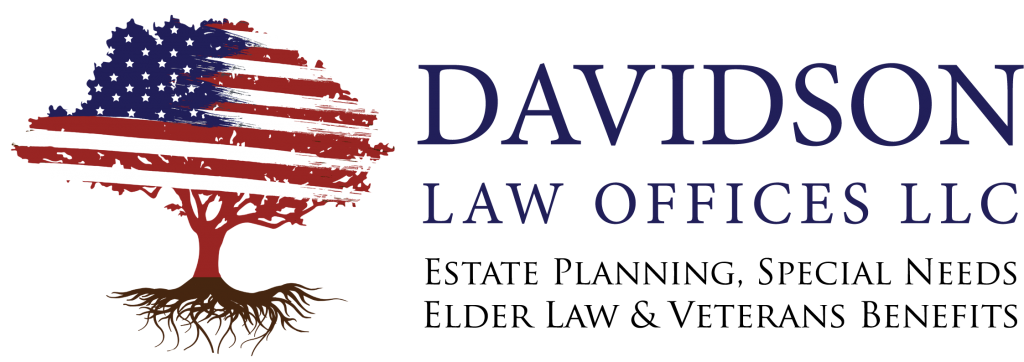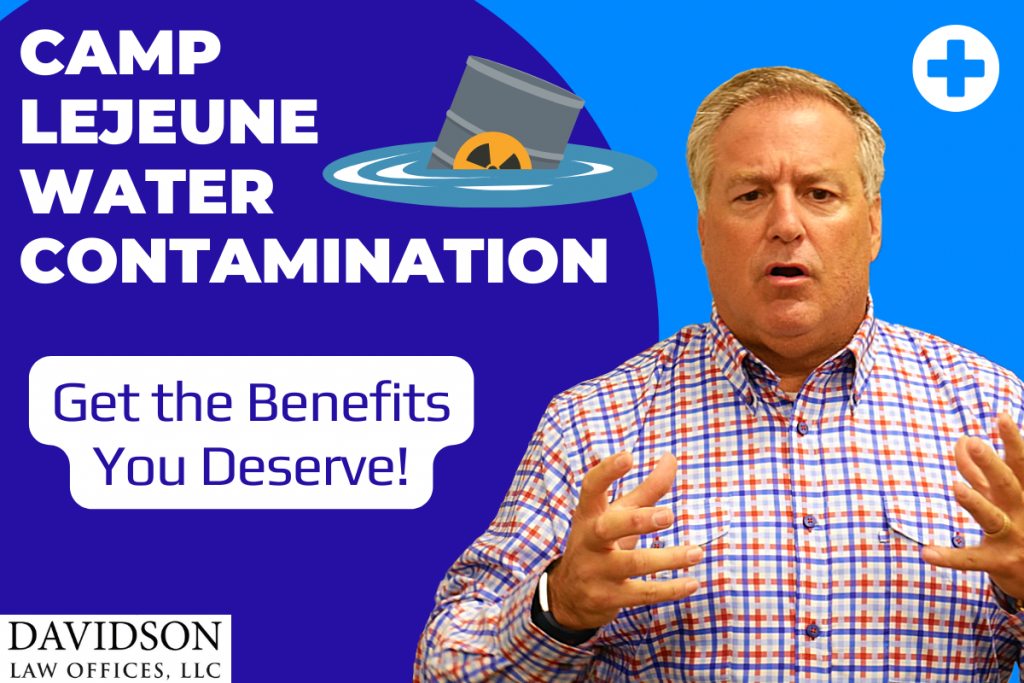If you listen to the radio or watch much television, I am quite sure that you’ve heard about the water contamination that happened at Camp Lejeune. There has been quite the influx of advertising and offers lately asking folks to call an 800 number to receive compensation. Part of the offer is true, and part of it is not true. So here we are going to tell you the rest of the story on the Camp Lejeune Water Contamination Act and what exactly is involved.
Water Contaminants at Camp Lejeune
Let’s start of by explaining what was in the drinking water at Camp Lejeune. There were four basic chemicals. Well, actually there were a lot of chemicals, but four basic ones that are commonly mentioned. The first is trichloroethylene (TCE), which is primarily used to make refrigerants and hydrocarbons. The second is perchloroethylene (PCE), which is a chemical that adheres to plastics and metals — primarily used as a water repellant. The third is benzene, which is one of the 20 most widely used chemicals to make industrial solvents. And the fourth is vinyl chloride, which is basically PVC pipe.
How Can Veterans Qualify?
Now let’s get into the nuts and bolts of the compensation that may be available to Veterans and their families. If you served in the Armed Forces and you were at Camp Lejeune or the Marine Corps Air Station between August 1, 1953 and December 31, 1987, you may qualify for benefits. If you served for at least 30 days and were exposed to one of those four chemicals while there, you may qualify for benefits. Studies have indicated that there are likely over a million Veterans and civilians who were exposed to these toxic chemicals. Studies also predict that the water contamination at Camp Lejeune likely caused tens of thousands of injuries and premature deaths.
So the dates to remember here are August 1, 1953 to December 31, 1987. That covers the Marine Corps base at Camp Lejeune and the Marine Corps Air Station at New River in North Carolina. The first qualification is that you served for at least 30 days at either of those locations between those dates. And the second qualification requires a diagnosis of one of the presumptive conditions listed below:
• Adult Leukemia
• Aplastic Anemia
• Myelodysplastic Syndromes
• Bladder Cancer
• Kidney Cancer
• Liver Cancer
• Multiple Myeloma
• Non-Hodgkins Lymphoma
• Parkinsons
The other condition you must meet is that you must have been honorably discharged or received a discharge referred to as “other than dishonorable.” If you were dishonorably discharged, you are not eligible to receive any kind of VA benefit.
Now that we’ve covered the qualifying location, dates, and diagnoses, who exactly is covered? Veterans, reservists, and guardsmen are covered under the Camp Lejeune Water Contamination Act. They can receive free healthcare and they also may receive additional compensation. But to get those VA benefits, you have to prove all those things listed above. You have to prove that you did indeed serve at Camp Lejeune for at least 30 days during that time period, and you have to prove one of the above listed diagnoses.
We’re here to help you navigate the red tape so that you can prove that your exposure to the toxic chemicals at Camp Lejeune resulted in your current health conditions. We’ll first need your military records showing that you served at Camp Lejeune or the Marine Air Station at New River between August 1, 1953 to December 31, 1987. We’ll also need your medical records that show a diagnosis for one or more of the conditions or illnesses listed above. These are called “presumptive conditions” because they automatically qualify you for benefits if you can prove it.
How Can Family Members Qualify?
Now that we’ve covered how a Veteran can qualify, let’s discuss whether the family members of a Veteran are eligible. The simple answer is yes, but there are of course qualifications for this as well. You first must prove your relationship to the Veteran that served at Camp Lejeune or the Marine Corps Air Station between August 1, 1953 and December 31, 1987. You would do this by providing a marriage certificate, birth certificate, adoption papers, or some other form of government document that proves your relationship to the Veteran.
You also need some type of documentation that proves that you lived at Camp Lejeune or the Marine Corps Air Station for at least 30 days between August 1, 1953 and December 31, 1987. Examples of qualifying documents would be utility bills, base housing records, military orders, tax forms — basically anything that proves your residence there. Now some of these documents may be hard to obtain because your residence there was such a long time ago. But we are here to help you get the documents you need to file a claim.
To obtain Camp Lejeune water contamination benefits as a family member of a Veteran, the third thing you’ll need is medical evidence. We’ll need to acquire medical records that show that you have been diagnosed or received treatment for one or more of the following conditions or illnesses:
• Bladder Cancer
• Kidney Cancer
• Lung Cancer
• Breast Cancer
• Esophageal Cancer
• Female Infertility
• Miscarriage
• Hepatic Steatosis
• Leukemia
• Multiple Myeloma
• Myelodysplastic Syndromes
• Neurobehavioral Effects
• Non-Hodgkins Lymphoma
• Renal Toxicity
• Scleroderma
To receive compensation for health expenses as a result of one of these conditions or illnesses, you’ll also need proof that you paid those expenses. Again, this can be tough to obtain if your treatment was a long time ago. But we’ll do our best to help you acquire the documents you need to receive the compensation you deserve.
Contact Us So We Can Help!
We hope this blog has been helpful in explaining all the details of the Camp Lejeune Water Contamination Act. If you have any additional questions or need help filing your claim, please complete this form or give us a call at (229) 226-8183. You can also send us an email to [email protected]. We’re here for our Veterans and looking forward to helping them receive the benefits that they deserve.
If you’d like to see this blog in video format, you can watch it below. Please be sure to SUBSCRIBE to our YouTube channel and click the bell notification button so that you’re notified each time we publish a new video.

